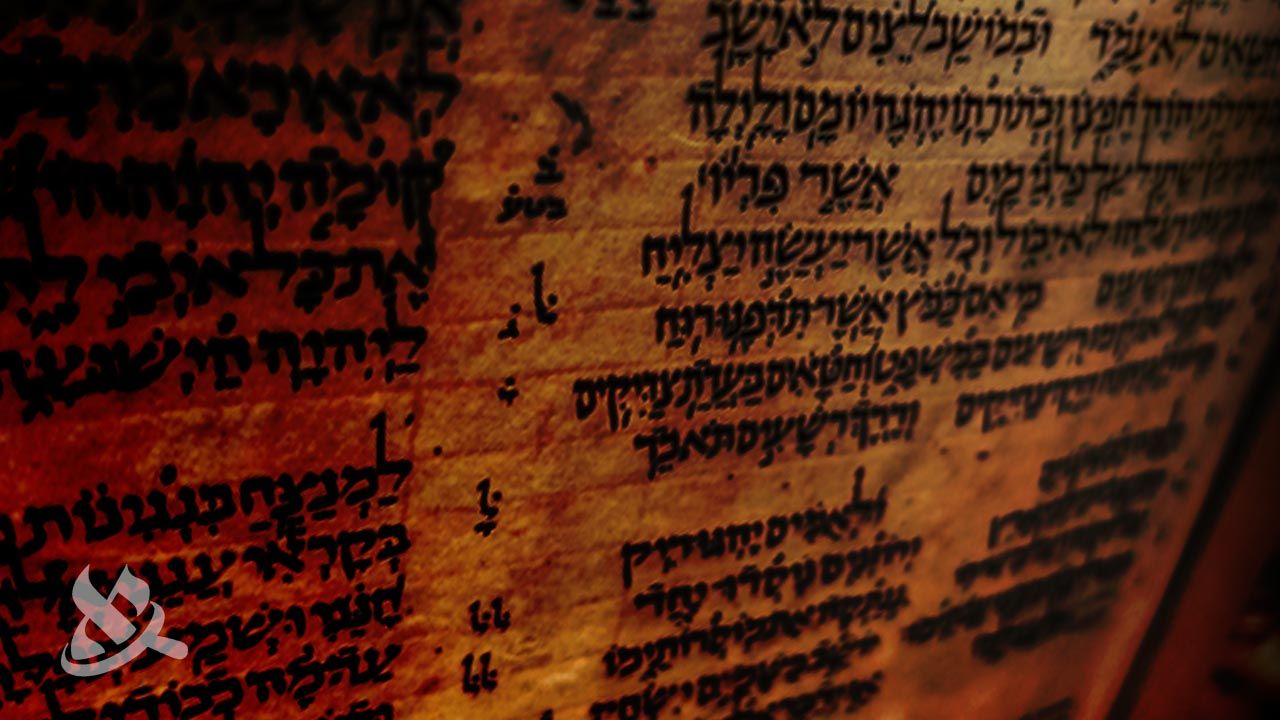The Bible was not written in English. In fact, throughout history Jews communicated in multiple languages, Hebrew, Greek, Aramaic, and their ancient texts are a product of this multilingual mix. Of course, Classical Hebrew is the language in which most of the Biblical stories came down to us. But Aramaic, the language spoken by many near-eastern people was not far behind. Only select portions of the canonical Bible were composed in Aramaic, but later the entire Five Books of Moses and many other scrolls were translated into Aramaic and into Greek as well.
Sacred texts in Aramaic were used in Synagogue worship for many years. Many Jews remained in Babylon after the great exile and continued to speak and write in Aramaic. Today we call these Aramaic translations of the Bible Targums.
With the advance of Greeks, civilization, and Hellenization of the entire Mediterranean more and more people began speaking Greek. For, Jews, however, the Hebrew and Aramaic did not go away. Jews simply added the Greek. From the second century B.C.E. Many Jews conversed and wrote in Koine Greek, a Judeo-Greek adaptation of this language. As a result, many works of Jewish literature of the Hellenistic era were written not in Hebrew but in Greek, a language most common in the Jewish diaspora. The books of the Hebrew Bible began to be translated into Greek as well. And more than half of Jews lived outside of the borders of their ancestral lands for various reasons. Greek became the language of business, learning, and interaction with the rest of the world. Take, Philo of Alexandria, for example. His writings are all in Greek and they are quite extensive. But from them, it is very clear that he knows Hebrew quite well as he explains Moses’ words and ponders their philosophical applications.
And the New Testament was written by Jews in Greek as well. Yet it is apparent that they know Hebrew and Aramaic as well because they draw a lot of their terminology from both of these languages. Later, Roman dominance brought Latin to the forefront. But at that point the Jewish community was in decline, decentralized and scattered, so Latin was never embraced by Jews to the degree in which Greek was. With the destruction of the Temple in 70 C.E. and leveling of Jerusalem in 136 C.E., a lot has changed in the Jewish world. In the east Aramaic continued to influence Jewish culture quite heavily, so the Hebrew of rabbinic academic was often mixed with Aramaic.

Over many years of Jewish dispersion other languages such as Ladino (Jewish dialect based on Spanish) and Yiddish (a language influenced by German, Polish, Ukrainian and Russian) appeared in diverse and distant Jewish communities. But the primary languages which pertain to Biblical studies were always Hebrew, Greek and Aramaic. These three languages often hold the keys to the understanding of proper terms, names, places and major ideas. Without interacting with these three languages interpretation of biblical passages becomes impossible. So much of the meaning depends on the original languages and much gets lost in translation.
In our materials on the website, we devote a substantial place to the discussion of original languages. We feel that any serious study of the text and context often begins with Hebrew and Greek, not with English. Though we use existing translations we often suggest better or alternative ways to read and hear the ancient texts. If this is something you are looking for, the articles on this website might prove to be very helpful to you.











Member discussion